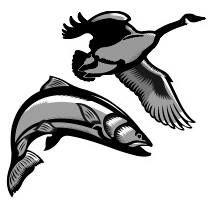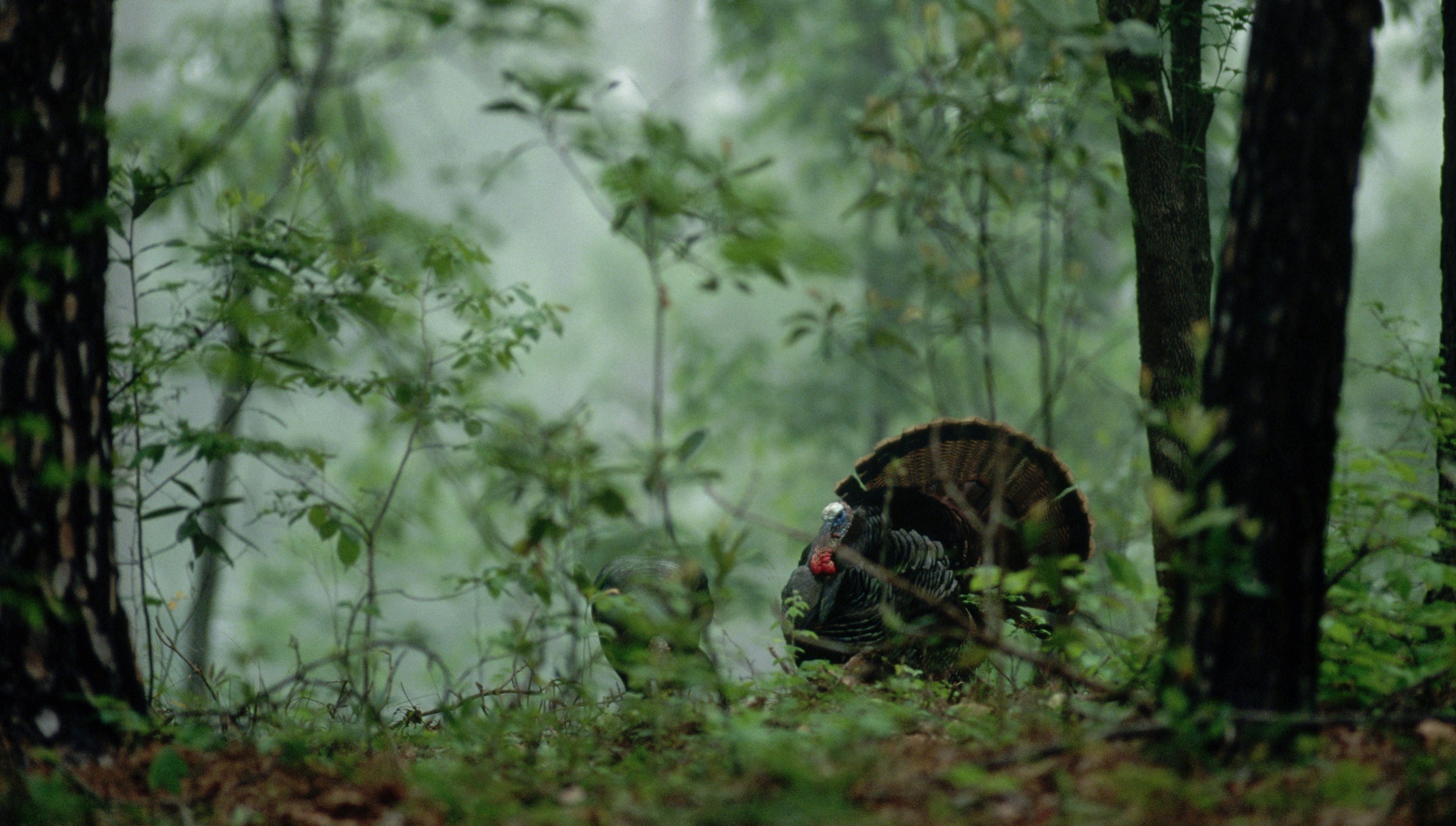



Drs. Mike Chamberlain and Patrick H. Wightman are tireless advocates for America’s largest upland bird and two people turkey hunters should feel proud to have in their corner. Chamberlain is a professor of Wildlife Ecology and Management at the University of Georgia (UGA)—you may also know him from his updates on the Wild Turkey Lab website and social media as the @wildturkeydoc. Wightman is a Postdoctoral Research Associate at UGA, and he works on the cutting edge of wild turkey research.
During the 50th NWTF National Convention, I asked Drs. Chamberlain and Wightman a few pressing questions on wild turkeys. We covered everything from season dates and bag limits to the effects of fanning and reaping on turkey populations. In short, turkey hunters should feel better than they did a couple years ago, but it isn’t time to relax quite yet. Here’s what’s in store for wild turkey conservation this year and beyond.
Dr. MC: The declines in production that have been ongoing for over 20 years now seem to have stabilized. The problem is they’ve stabilized at levels that aren’t sustainable or conducive to population growth. We’ve seen positive signs in some states, like Arkansas, where production was extremely low, and that’s encouraging. And for a few states, bird numbers may be up based on data collected last summer—so I’m cautiously optimistic.
Dr. MC: People need to understand that the agencies can only control certain things at the statewide level. Agencies change season dates and bag limits to reduce the kill and carry more birds over to the following spring—because production is so low that you can’t rely on juvenile birds. We’ll probably continue to see agencies make changes to season frameworks and bag limits because the demand for the resource is high. In many states, agencies recognize there’s not enough supply to meet the demand.
Dr. PHW: The future of this bird absolutely relies on us. As Mike said, state agencies can only do so much, and as hunters, we need to be accepting of what they’re trying to do. When it comes to dropping bag limits to one bird or shortening the season, I’ve heard this question a lot. But dropping the bag limit alone doesn’t necessarily save more birds because only some people bag their second or third bird. The timing of harvest does matter, though. Knowing that hunters will harvest 80 percent of the birds in the first two weeks of the season helps managers ensure those two weeks line up biologically with what’s best for the birds.
Dr. MC: Patrick is right. If you look across the country, most birds will die during the first two weeks of hunting season. Moving opening dates a week or two will result in a carryover of birds that we know are going to continue breeding before there’s a pulse of them removed from the population.
Dr. MC: As a community of turkey research biologists, we’ve known that the timing and rate of harvest matter since the 1970s and ’80s. It’s just that seasons have historically been set based on politics and social pressure, not on biology. As pressure has ramped up on the bird, state agencies are scaling back and focusing regulations more on biology. It’s just that—and I say this as a turkey hunter myself—hunters want to be out there when turkeys are gobbling as early as possible. But the current changes regarding regulations, particularly the timing of the season, are based on information we’ve had for 40 years. The most conservative framework suggests that turkey season needs to open when most hens are on the nest.
Dr. MC: In some states, yes. But honestly, you might not see changes across the board. There are some states where hunting pressure isn’t that high, where they don’t harvest a high rate of birds, and there might not be a need for changes in places like that.
Dr. PHW: We don’t know. When it comes to what we do, through science and data, it would be tough to tease out whether or not reaping impacts harvest, therefore influencing turkey populations. It would be very difficult to design a study to answer that question or provide reliable, defensible data.
Dr. PHW: It would be a good question to answer because so many people are curious about it. But at the end of the day, all that matters is the timing and the rate of harvest for males. If fanning and reaping result in an earlier harvest and a greater harvest rate, then it matters.
Dr. MC: I wouldn’t say a crash, but certainly a decline. What you’re seeing in Maine is kind of a microcosm of what you saw in every state in the U.S. after restoration. There’s pretty solid evidence that turkeys overshot their carrying capacity in many ways. Every wildlife species that gets restored tends to overshoot carrying capacity and then kind of settles in where it should be. The problem with turkeys is they’ve settled into a lower level than we want.
Dr. MC: We don’t know exactly how many turkeys are out there, and we never have. So I don’t think there was a target level of population because we’ve never really known what the level is. It’s just that the population levels that we can see now are lower than what most agencies had hoped. But we need to understand all the factors causing that so we can push levels we do know about higher. That’s why the research is so critical.
Dr. MC: Definitely. There’s more ongoing research on wild turkeys now than at any time in my 30-year career. If people knew what was going on, they’d be stunned, but some of the work is not well publicized. When it comes to things like genetic research, disease testing, spatial technologies, or the quantitative skills that, for example, Patrick uses, the data and technology are so far advanced from where they were. It’s just crazy.
Dr. MC: From our work studying the DNA of turkey eggs, we’re going to soon be able to see data on how many hens in the population are actually contributing to hatching clutches. We know it’s a small percentage. And we know that most hens aren’t successful. But I’m really curious to see whether it’s just a small segment of the male and female population contributing to all poult production. That number could be as small as 10 or even eight percent. If so, that would speak to the complexity of how this bird works.
Dr. MC: There haven’t been a lot of cases outside of those. There have been some, but at least in the southeastern states, we’re not seeing it. So I’m cautiously optimistic that HPAI just blew up in a couple of local areas. It appears that it was much more impactful on other species, and wild turkeys were largely spared.

